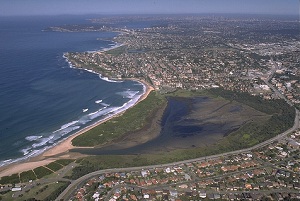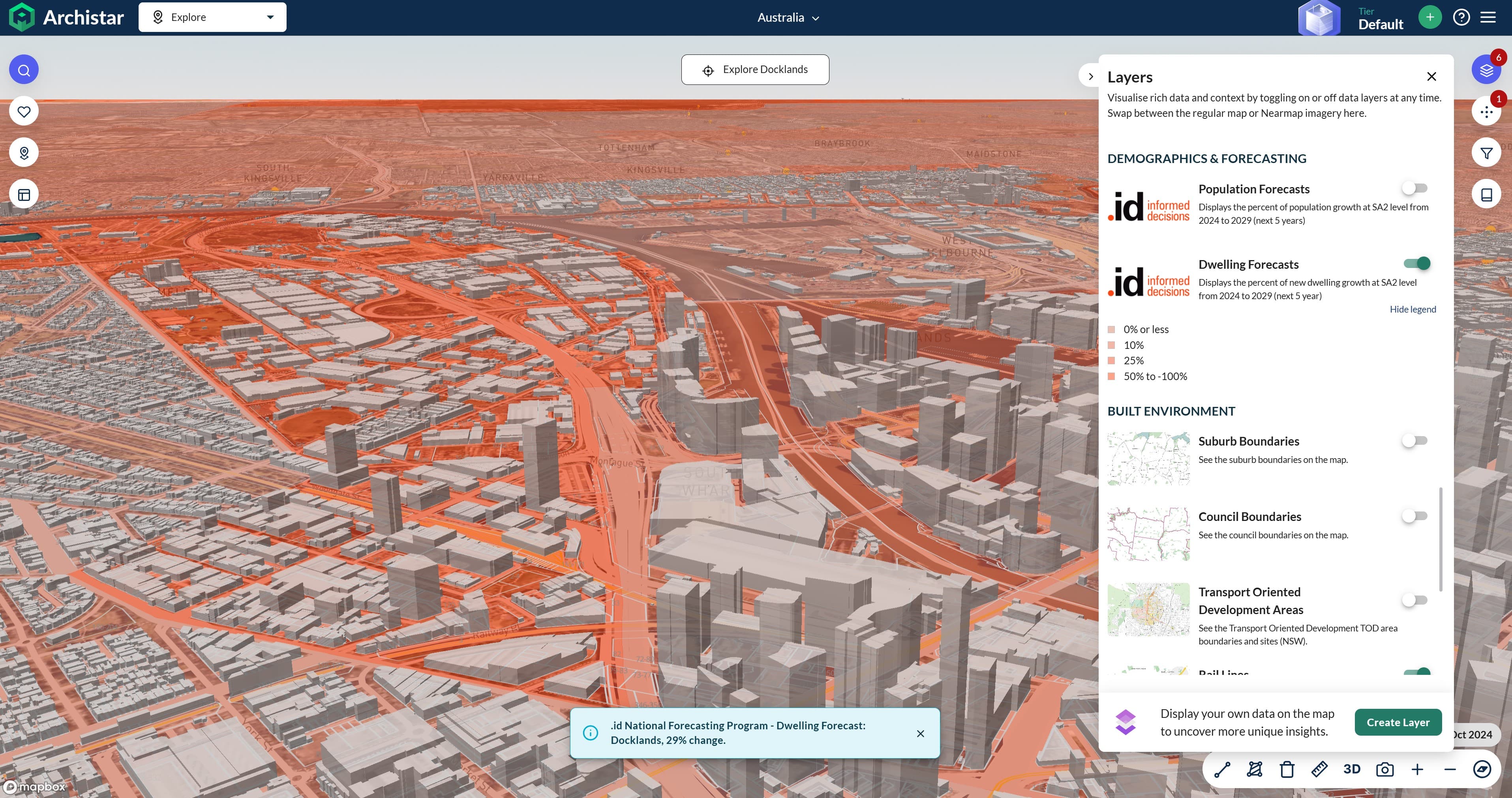The pundits enjoy talking about Queensland and Western Australia for their population and employment growth potential, but for sheer scale and size, New South Wales is the winner. We have had the ‘pleasure’ of modelling population futures for just over 12,400 areas across NSW and what an effort this has been. Here’s what we discovered…

Highlights – how is NSW’s population changing?
Some of the more interesting findings that emerge from the forecasts include:
- Vast growth expected in parts of Sydney (such as in the LGAs of Camden, Blacktown and Sydney) will alter the distribution of population across Sydney
- The exhaustion of greenfield residential land in Sydney’s growth corridors and the implications for planning across the Metropolis (more my next blog)
- Given that Sydney is becoming more constrained for new greenfield residential development over time, where will development go? The Blue Mountains, Wollongong, Central Coast and Wingecarribee Shire are topographically and environmentally constrained. Many of the areas in Hawkesbury and Penrith LGAs are subject to flooding.
- Changes in social behaviour as manifested in higher fertility rates (more babies being born per fertile mother) and the apparent increase in the number of persons per household. These trends are reversing patterns in play across Australia for more than 30 years.
- A marked slow-down in residential development along the NSW Coastal strip since 2006, compared to the 1996-2006 period
- An imbalance between the population growth rates and the relative sluggish residential development rates across NSW
- Can we believe the ABS population estimates for NSW when so little development has occurred at a time when there has apparently been unprecedented population growth?
- Pressure for apartment development across Sydney’s moving to new centres. This has emerged as a result of residential development pressure transferring from previously high development areas such as Chatswood, Hornsby, Breakfast Point, Rhodes-Liberty Grove or Dee Why to other centres such as Wahroonga, Northmead, Pymble, Gordon, Merrylands-Holroyd, Mascot and Top Ryde.
Some of these findings will be explored in future blogs.
About SAFi (Small Are Forecast information)
.id has been working on a project for the last 12 months to extend its detailed small area population and household forecasts beyond Victoria to New South Wales and the ACT. These SAFi (small area forecast information) forecasts independently model population futures from both a tops-down and bottoms-up perspective. Note that these forecasts are different to those undertaken for local government under our forecast.id banner.
.id has been executing detailed small area population and household forecasts on a regular basis (18-24 month cycles) for Victoria over the last five years. This has been for about 10,000 small areas across the State. Of course, this coverage is a little inconvenient for anyone interested in a broader market across Australia. Hence, our plan has been to extend SAFi to other parts of Australia. NSW (as well as the ACT) was the natural choice, given its size. With the completion of this project for 12,400 areas across NSW , coverage of the Australian population has increased from just under 25% (Victoria) to a little less than 60% of the Australian population as at 2011.
A detailed methodology paper is available on request.
How are the SAFi forecasts used?
The strength of SAFi is its geographic flexibility, whereby it is possible to combine the small area forecasts to create user-defined catchments and areas that do not conform to administrative boundaries. Organisations like the Catholic Education Office use SAFi to forecast demand for Catholic schooling across their parishes. At the other end of the age spectrum Uniting Aged Care use them to forecast demand for aged care services and facilities across Victoria. The Victorian Electoral Commission use them to establish electoral boundaries with equal population distribution. You can download more information here.
If you would like to receive more updates about population forecasts, do follow us on twitter @dotid or subscribe to our blog (above). You may also like to visit us at id.com.au where you can access our demographic resource centre.



.png)






